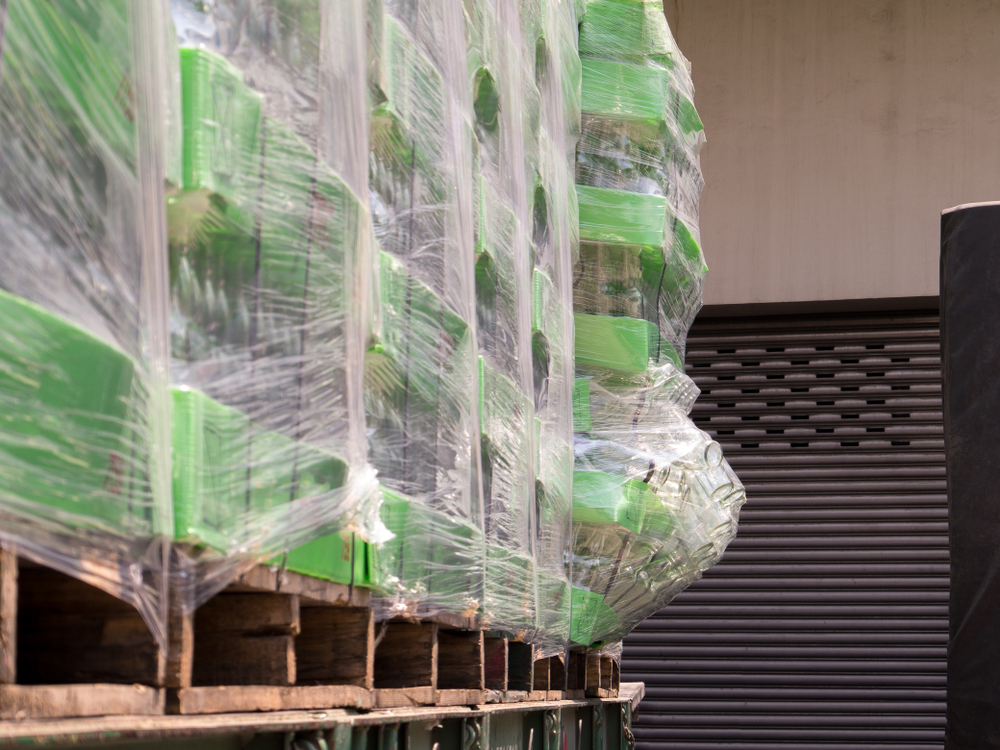Claims management is one of most challenging processes in freight management.
The claims process for less-than-truckload (LTL) shipments is challenging for freight management. LTL freight carriers transport smaller shipments from multiple shippers on a single truck. Like any shipping method, cargo can be damaged, lost, or delayed during transit. Misunderstanding the rigors of the LTL freight environment can be a barrier to adequately preparing a shipment.
An LTL terminal, freight terminal, or distribution center, is a crucial component of the LTL transportation network. These terminals serve as intermediate hubs where shipments are sorted, consolidated, and transferred between different trucks. When shipments arrive at the terminal, they are sorted based on final destinations and consolidated onto outgoing trucks. This consolidation process optimizes the use of space and ensures multiple shipments can be efficiently transported together. An LTL freight shipment may be loaded and unloaded a dozen times when traveling coast to coast. Many LTL terminals employ cross-docking strategies. Cross-docking is a freight management practice where inbound shipments are quickly unloaded from one truck and loaded onto another with minimal or no storage. This approach reduces handling and storage time, improving overall efficiency, but can lead to wear and tear on the freight.
Once the LTL shipment reaches the consignee, how the shipment is received can impact the claims process. Taking time to inspect inbound cargo properly is an essential. Visible damage should be noted on all copies of the delivery receipt at the time of delivery. Recipients of shipments throughout the process should avoid signing “subject to inspection” as this is not considered a valid notation and is treated as not signing at all. Failure to make a notation on the delivery receipt of damage or a shortage is considered a concealed claim. A concealed claim also applies to damage, or shortage discovered after receipt. When filing a claim, reports must be made to the carrier within five days, supported by evidence that the damage/shortage occurred while in the carrier’s possession.
The top three challenges in freight management when it comes to claims and the claims process are as follows:
- Proper packaging. The NMFTA (National Motor Freight Traffic Association) dictates packaging and labeling requirements on all commodities.
- Proper classification. The NMFTA dictates classifications for all commodities. Many are density-based and require dimensions along with the weight.
- Carrier liabilities. Each LTL carrier has their own liability coverage, which can vary by customer and commodity.
Proper Packaging.
Addressing packaging is one of the most impactful things you can do as a shipper to protect your product against the LTL environment. Think of the worst-case scenario when designing and packaging commodities. LTL freight will be moving through multiple terminals and handled numerous times. Take photos of the freight before shipping to include the shipping label. These photos will prove the shipment was in good condition at pick up and provide a point of reference if the shipment is lost. Proper banding and shrink wrap onto pallets are critical. If using a skeleton crate, make sure the cross beams are close enough together to prevent damage. A proper crate is fully enclosed and can provide the most protection. Be sure to consider impact protection: Styrofoam, bubble wrap, or corner boards. Avoid any overhang of the product on the pallets. During the claims process, it is helpful to have photos of the box certificate, indicating weight limitations and bursting strength. The boxes should be stamped with the crush strength. Always ensure the heaviest items are on the bottom of the handling unit.
Proper Classification.
The carrier liability is based on the freight class. When LTL freight is mis-classed, the carrier can decline the claim due to improper classification, or there could be lower claim dollars.
Carrier Liabilities.
Each carrier creates a set of rules called a tariff. The tariff includes limitations and levels of coverage should a shipment be damaged. For instance, a carrier may cover $10 per pound unless (depending on the commodity) the shipment is uncrated, in which there would be a $2 per pound coverage. Tariffs change by carrier, shipper, commodity, and packaging. Tariffs can and should be negotiated with the carrier. Understanding all the limitations is crucial to being proactive when selecting which carrier to leverage for a shipment.
Small Steps Go a Long Way to Prevent Claims | FreightWaves
One of the biggest mistakes shippers must correct when processing claims directly with carriers is in paperwork details. Taking the time to ensure all the proper paperwork and information is gathered before submitting a claim can make a difference in both the timeliness and resolution of the claim. Along with the Bill of Lading and original invoice, include pictures and a summary of steps to resolve the issue.
Here are the best steps you can take as a shipper/receiver of goods utilizing the LTL freight network:
- Eliminate the back and forth of the claims process by providing all paperwork and evidence upfront.
- Inspect shipments on arrival and correctly notate the delivery receipt.
- Package the product with the worst-case scenario in mind.
Need some claims support? Following these tips, FLI has reduced LTL freight claims by nearly 30%. Let us help decrease your claims and resolve any potential claims quickly and efficiently!
